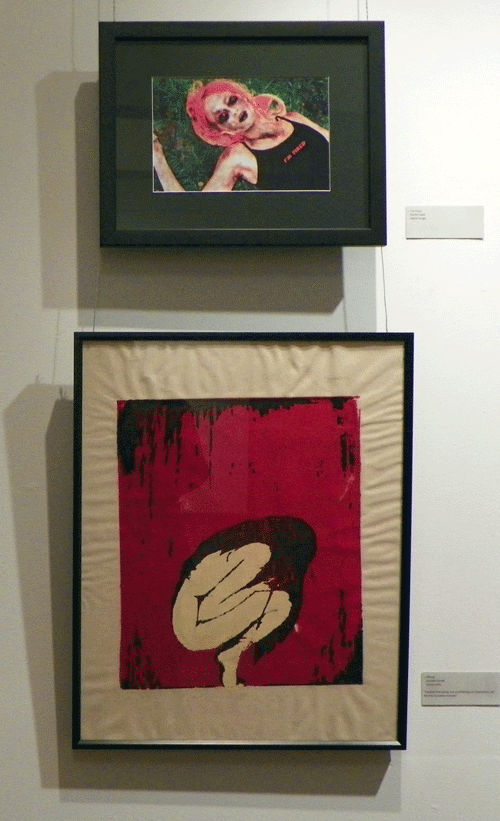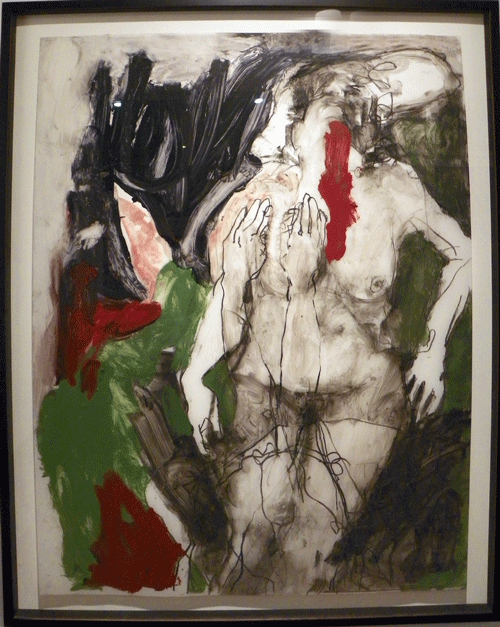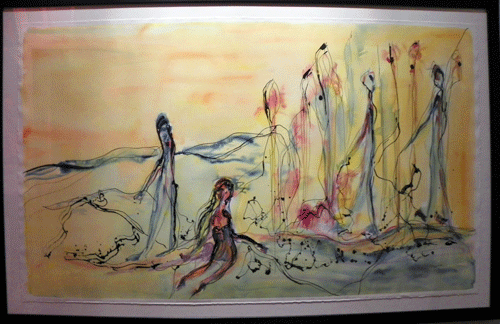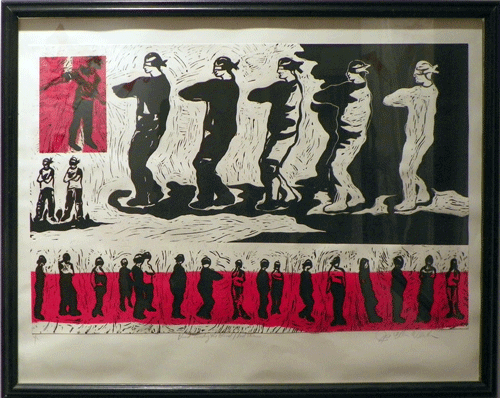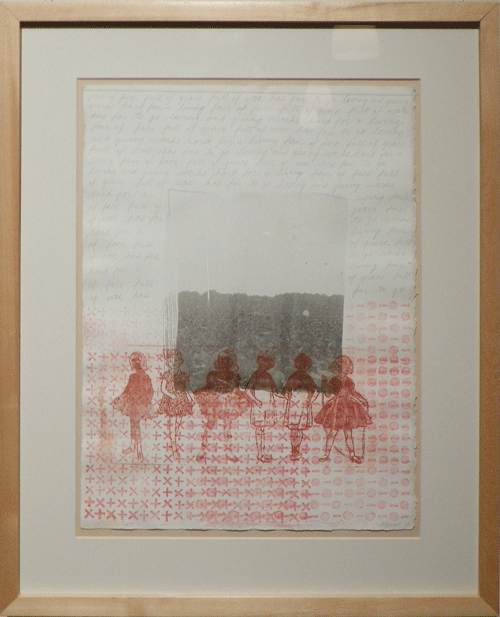Save the City of Philadelphia Office of Arts, Culture, and the Creative Economy


iradiophilly started this petition to Mayor of Philadelphia Philadelphia Mayor Jim Kenny and 2 others
Philadelphia Mayor Jim Kenney released a revised budget for fiscal year 2021 in response to the coronavirus COVID-19 pandemic on May 1, 2020. Businesses have been closed and workers have been off the job for weeks, reducing the city’s tax revenue significantly. The Office of the Department of Finance projects that without any changes the city would have a $649 million deficit next year. The city cannot legally operate with a deficit. We understand that hard decisions needed to be made and that cut backs and program budget reductions were inevitable. However, to completely eliminate an office that supports a vital industry in the city of Philadelphia, especially one that has been hit very hard during this crisis, is short sighted and should be reversed.
In the new budget, the Office of Arts, Culture, and the Creative Economy was budgeted $0 dollars, down from approximately $4.4 million, effectively closing the office. Most of that budgeted money goes directly to the Philadelphia Cultural Fund, which gives grants to hundreds of non-profits in the city.
The presentation of the budget by the Mayor is only the first step. It still must be approved and voted on by City Council before July 1.
SEE: Mayor’s Operating Budget – re: page 80
SEE: Philadelphia Mayor Jim Kenney Delivers New Budget by Video; Jobs/Services Cuts, Tax Hikes
According to the Greater Philadelphia Cultural Alliance, the arts and cultural sector generates $4.1 billion in economic impact annually and supports 55,000 jobs. That creates $1.3 billion in household income and $224.3 million in state and local taxes.* The creative economy includes but is not limited to artists, musicians, painters, sculptors, dancers, actors, filmmakers, graphic designers, venues, theaters, museums, galleries, bartenders, waiters, chefs, box office workers, bouncers, sound engineers, tech crews, art/dance/recording studios, and all employed by those entities, as well as support industries such as accountants, lawyers, hotels, ride shares, parking, public relations, marketing, and media. On the other side there are the fans, patrons, concert goers, theater attendees, and more who support the arts and make the purchases.
Most of this industry has been shut down during this crisis and needs support now more than ever to rebound during the economic recovery.
The Office of Arts, Culture, and the Creative Economy’s mission is to close the gap in access to quality cultural experiences and creative expression through the support and promotion of arts, culture and the creative industries; connecting Philadelphians to enriching, arts-infused experiences; linking local artists and cultural organizations to resources and opportunities; and preserving the City’s public art assets. http://creativephl.org
The OACCE is also responsible for the Music Industry Task Force, the Mayor’s Cultural Advisory Council, Art in City Hall, all of Philadelphia’s public art, and funding the Philadelphia Cultural Fund which gives grants to numerous Philadelphia arts and culture non-profits.
Philadelphia is a vibrant city teeming with culture that has been driving our identity for hundreds of years. The art created in Philadelphia reaches well beyond its borders and has touched the world and helps drive our other industries through attention and attraction to our area. As we look to rebound and recover from this crisis, there are certainly sectors that are essential to our health and safety and must be prioritized. However, unless we take care to ensure our cultural health is also revived, we risk losing our spirit.
Philadelphia’s creative economy deserves proper representation in City Hall. Understandably, it is likely not possible for the OACCE to be budgeted at the same level as the original budget, however, the industry’s economic impact alone justifies that the office’s budget be more than zero. We are simply asking that the City of Philadelphia Office of Arts, Culture, and the Creative Economy not be eliminated.
*https://www.philaculture.org/why-arts-culture/prosperityStart a petition of your ownThis petition starter stood up and took action. Will you do the same?Start a petition
Updates
Streets Dept signed this petition

Cherie Lucier signed 6 minutes ago

Ted Warchal signed 10 minutes ago
By signing, you accept Change.org’s Terms of Service and Privacy Policy, and agree to receive occasional emails about campaigns on Change.org. You can unsubscribe at any time.
- © 2020, Change.org, PBC
- Certified B Corporation
- This site is protected by reCAPTCHA and the Google Privacy Policy and Terms of Service apply.
Deutsch English (Australia) English (Canada)English (India)English (United Kingdom)English (United States)Español (Argentina)Español (España)Español (Latinoamérica)Françaisहिन्दीBahasa IndonesiaItaliano日本語Português (Brasil)РусскийภาษาไทยTürkçe



